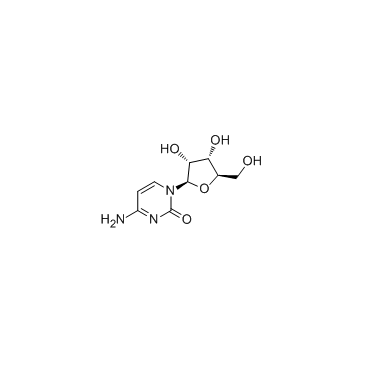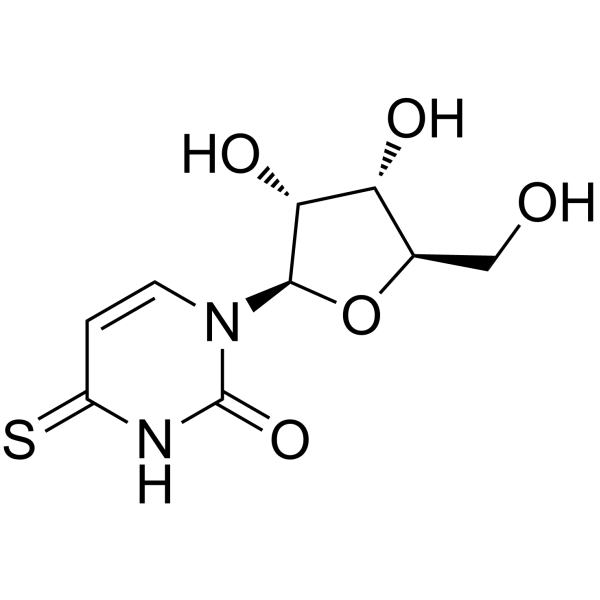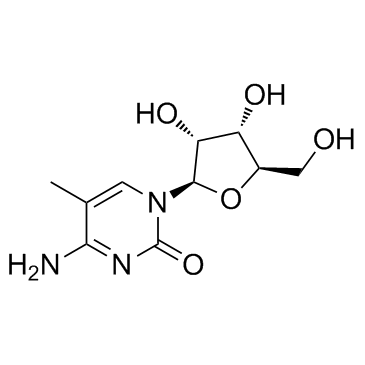| Structure | Name/CAS No. | Articles |
|---|---|---|
 |
Cytidine
CAS:65-46-3 |
|
 |
4-thiouridine
CAS:13957-31-8 |
|
 |
5-Methylcytidine
CAS:2140-61-6 |